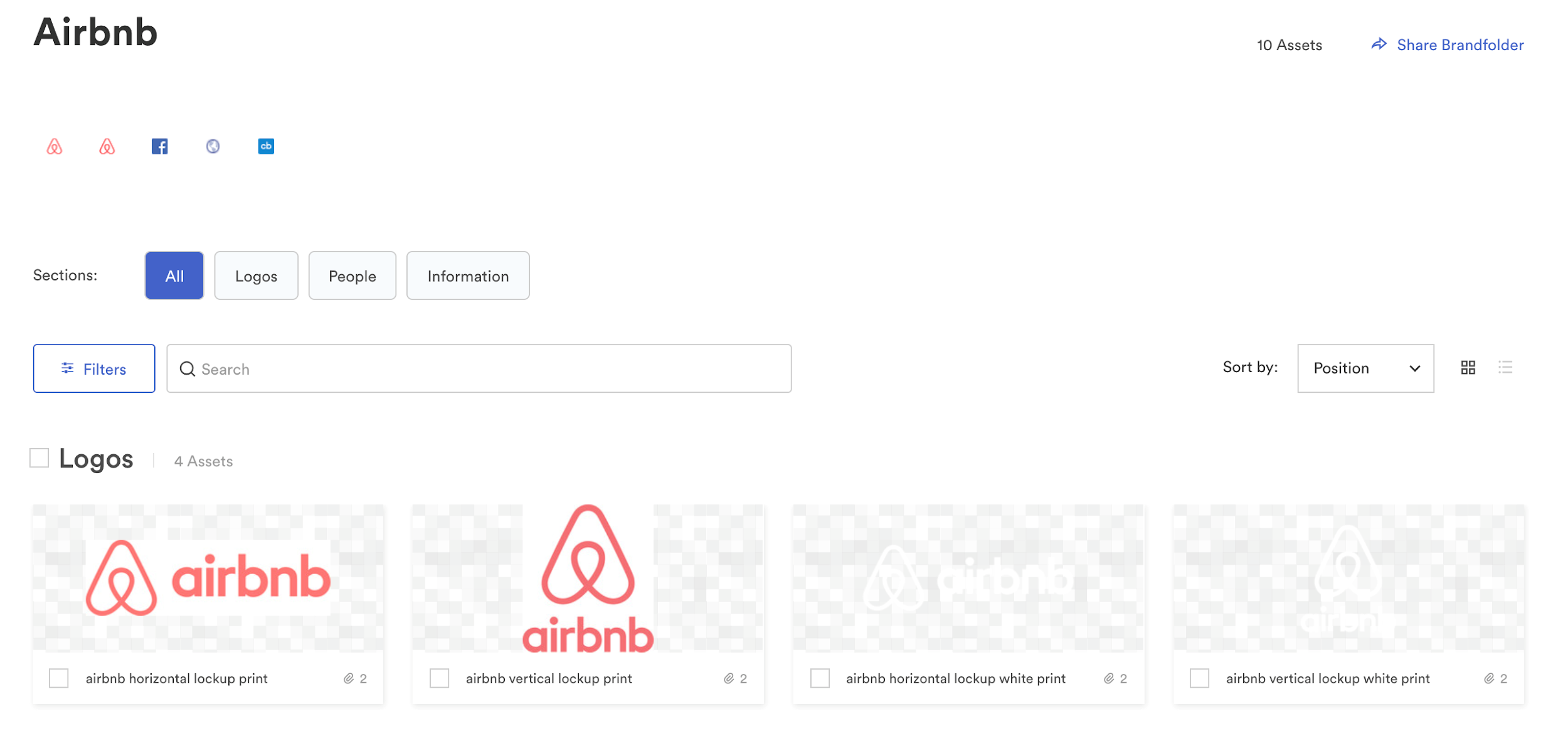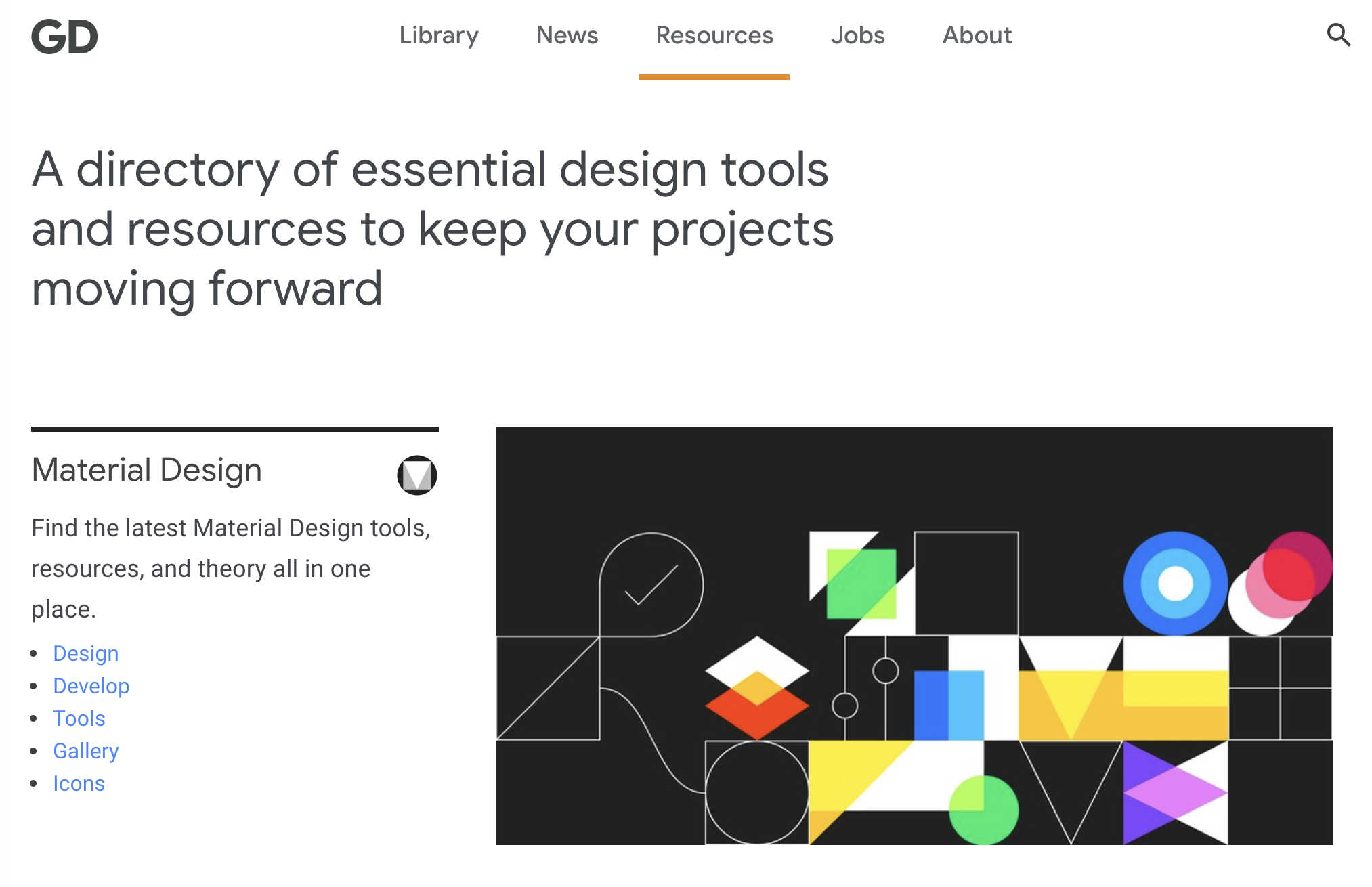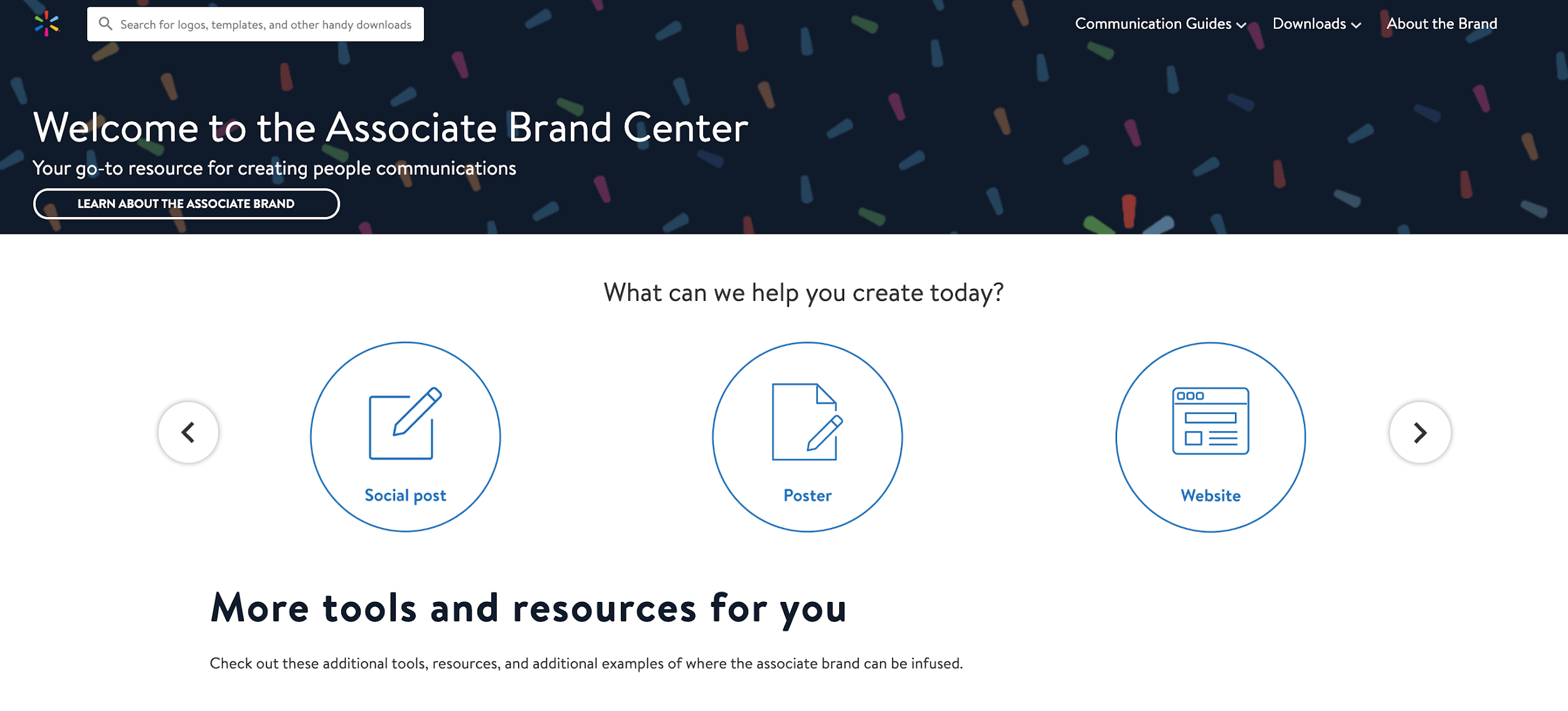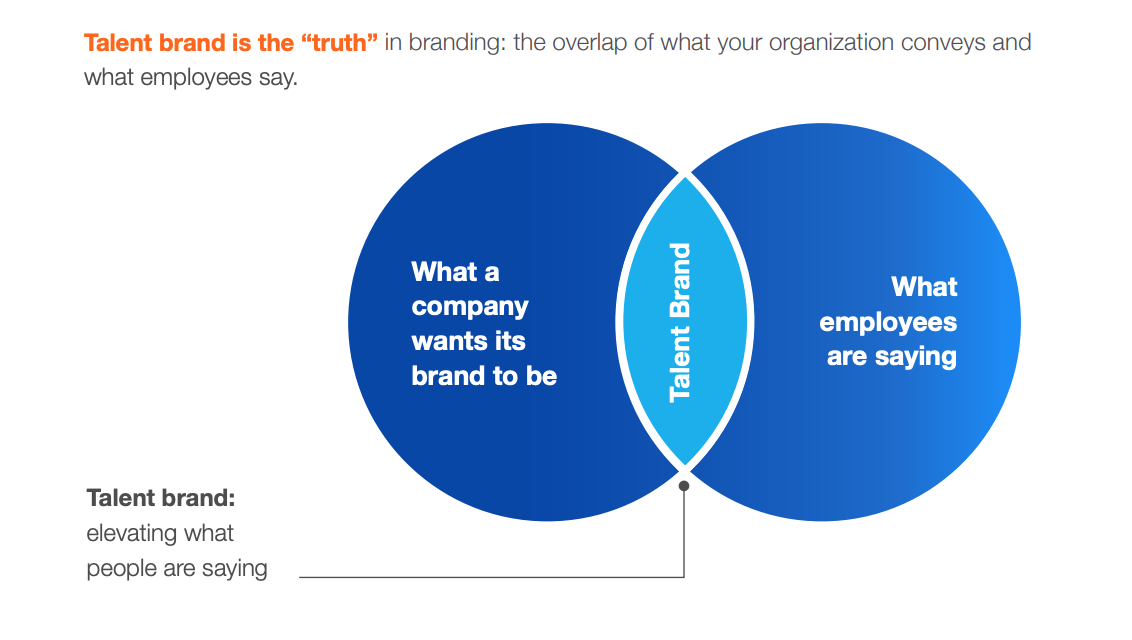If you want to develop a successful product or service, the first thing you need to do is identify a unique value proposition. For example, Google offers the most relevant search results. Spotify offers unbelievably accurate curation to introduce you to new music that fits your tastes. People experience and HR teams that want to win the war for talent should borrow lessons from innovators. But rather than developing a unique value proposition for an individual product or service, they need to develop one for their employer brand.
Creating a company culture that reflects your external mission as an organization is not only helpful in attracting talent, but has been shown to improve retention rates. In fact, one study showed a good employer brand can help reduce turnover by 28 percent, which ultimately is one of the key levers where an employer brand can help drive business impact. Having a good employer brand can be defined in many ways, but support and implementation by the C-suite is the first step as well as having values that reflect the company mission as well as qualities sought out in talent. You want talent to be obsessed with your company and stay just as you want your customers to love your product and repeat order.
"But the question is, does your employer brand claims align with what people are saying about your brand? Are they telling the same story?... when done well, the employer brand differentiates your company to potential candidates and helps to retain employees, too." –The Key to Employer Branding eBook, Indeed.com
Recently, I’ve had the opportunity to ask these questions on a large scale by helping Walmart deploy its new employer brand across the organization. Here’s what other people experience teams can learn from our experience:
1. Foster employer brand advocacy with resource centers
In 2018, Walmart launched a new employer brand, or associate brand as we call it, to be used for all internal, associate-related interactions. But, deploying those changes at scale presented a unique challenge. While large consumer brands have brand centers where you can find design style guides or instructions on logo use, internal communications teams often don’t have access to such resources.


So how do you foster your brand evolution and encourage communicators across the organization to utilize these resources? By understanding how your key stakeholders and players use the brand and learn what blockers they are facing to infuse the brand in their day-to-day work.
In Walmart’s case, we needed a solution that was accessible across the enterprise and easy to use for third-party vendors. If we could create a delightful digital experience around our associate brand and make it easy to use, we could remove the barriers of infusing the brand.
Utilizing our internal content management system, Adobe Experience Manager, we set off on the task to create our Associate Brand Center (ABC). Creating a solution to host all our assets and materials, provide step by step use-case instructions, and search functionality were key features to encourage the implementation of the associate brand for internal communications and programs.
Working with partners and stakeholders, we set our north-star to create a people-centric communication hub that allows users to quickly find the files, tools, and resources they need.


2. Create feedback loops and iterate
While our first iteration was designed for a persona we created for a “super-user,” we recognized the need to further develop personas and understand all types of people who would be using our site and better understand their needs.
We’ve implemented a variety of tools to help us understand pain points and obtain feedback. First, each time we push a large design iteration, we set up interviews with users and ask them to complete a set of tasks such as “where would you find the PowerPoint template?” or “how would you create an on-brand email?” and record their answers and interactions on the site to find what they need. Reviewing this data allows us to understand how people use our site and templates and where we can provide further clarity.
In addition to user interviews, we send out surveys to capture how we are doing and develop NPS scores (as seen in the previous image of our second iteration). If people aren’t happy, we want to know and know why. For more immediate feedback, we have a feedback button on our site that directly links to a Slack channel to let us know when the site has a bug or if a file download is leading to a 404 page. Having immediate feedback allows us to address the issue in real-time and provide a good user experience.
Lastly, as with any product, we have analytics on our page which allows us to see which documents have the highest views or most downloads month over month, where people click on the site the most, and how much unique or returning user traffic we see. Based on traffic, downloads, and survey feedback, we review our roadmap for the site each month to determine if efforts need to be focused on improving design, experience, or generating more templates to help our associates.
If you’ve already created an employer value prop, think about who will use it the most. Is it HRBP’s, internal comms, or recruiters and talent acquisition? Talk to people in your organization across-functions and find out who will use the value prop and what kind of materials and resources they currently use and what else they would like to see. From there prioritize the most needed items and develop a timeline to provide the rest.
While it might be challenging to keep an open line of communication with your stakeholders and primary users if you don’t know what they need or their pain-points, how can you expect them to implement the brand you’ve created?
3. Keep evolving and pushing the envelope
Beautiful and cohesive communications were the first step, but our second is to enable creators and communicators to design best in class people-experiences using product and design workflows.
Creating an employer value prop is a great start, but just as your company evolves, rebrands, or takes a new approach to marketing, the same rules apply to your employer brand. Every few months make sure to review your copy and design on assets or templates you provide. Does your value prop closely align with what your customers are seeing? Take a pulse check with employees and stakeholders to ensure the voice and message of your brand is still in sync with the voices of your organization.
As a large organization there are many internal tools, sites (think intranet), or applications created for our associates. While we are still a new brand (and still evolving!) we are working on infusing our AVP into these experiences to create a cohesive look, feel, and tone. We’ve even seen adaptations into our global markets!
As you continue to iterate and obtain feedback, understand if the voice and use-cases for your employer brand are still the same. The graphic below from Indeed.com’s The Key to Employer Branding eBook summarizes what a talent brand is perfectly.

Take a moment to reflect– what are your employees saying? What is your truth as an employer? Having a pretty brand and logo isn’t enough– it’s crucial to have a value prop that intersects your company values and employee values to attract and retain talent.









